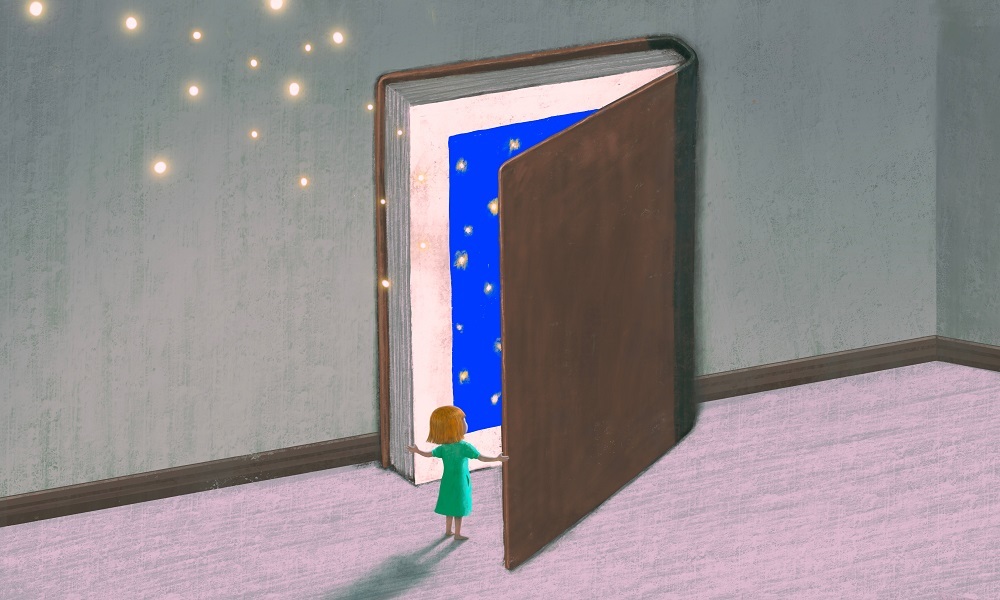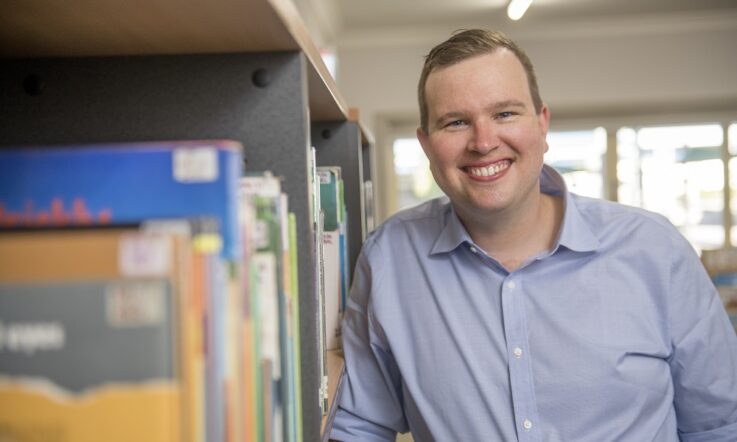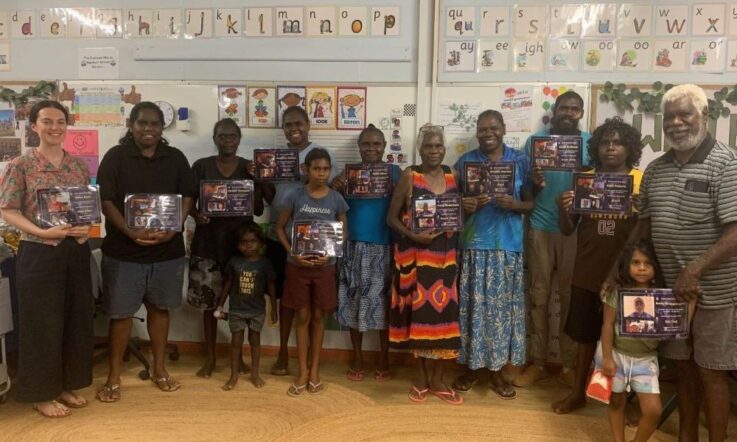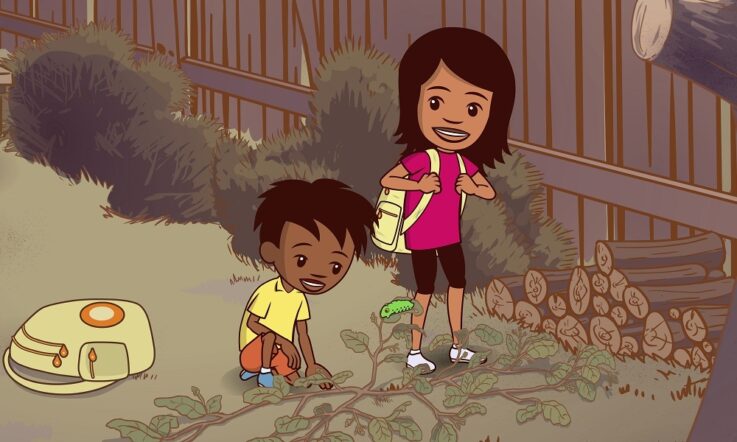For many of Australia’s regional and rural schools, accessing reading material can be tricky, and finding culturally relevant resources that connect students in remote communities with home languages and culture can be even more challenging.
Clyde Fenton Primary School in Katherine, Northern Territory, is working to bridge this literacy gap for students in remote communities through programs such as Walking Talking Texts – focusing on the oral teaching of English as an additional language/dialect (EAL/D) alongside written English – and with support and culturally appropriate resources (including texts in language) from the Indigenous Literacy Foundation (ILF).
As a medium-sized school, Clyde Fenton hosts approximately 200 students from Preschool to Year 6, 80 per cent of whom are Aboriginal, living in Binjari, Rockhole and Kalano communities. The school has eleven classroom teachers, seven support staff, a preschool, an outside school hours care centre and a long day care centre.
‘With a large majority of our student cohort being EAL/D learners, it is complex learning our staff undertake to become contextually aware and adapt to learning styles that suit the EAL/D context,’ Early Childhood Leader, Monique Marzocchi tells Teacher.
‘Texts [in language] enable teachers to engage in a student’s home language and then incorporate the home language into broader learning.’
Working with the ILF
As part of the ILF’s Book Supply program, Clyde Fenton Primary School receives an annual gift of ‘Books 4’ boxes, which are filled with accessible texts for toddlers, young readers, older readers and the community. The boxes include classic texts, novels, coffee table books, autobiographies, board books and more. Over 40 per cent of the texts supplied feature Indigenous authors and illustrators.
‘The books are used on a number of levels to engage our school cohort and community… To be able to share books on country with families is a positive experience for families and teaching staff alike,’ Marzocchi says.
Besides using the ILF books in the school’s Walking Talking Texts program, the school also uses the books in their ‘Books and Bubs’ playgroup, where staff work with parents to build capacity and confidence reading to children through the Abecedarian approach. This involves ‘reading’ the pictures and illustrations, narrating what could be happening, pointing out objects and supporting their child to find enjoyment in the texts. The school also uses the ILF books for community visits, where they are gifted to families.
‘It is our goal that children progressing from home to school will have forged a path of continuity with the school environment by engaging with our programs supplemented by the ILF.’
Accessing books in language
‘Being able to access texts written in language has made a profound impact both in the classroom and in the professional development of staff,’ Marzocchi explains.
‘A favourite book for all students is Moli Det BigiBigi (Molly The Pig) by Karen Manbulloo from Binjari community. Many of our students are related to Karen, can relate to the story’s context and are thoroughly amused!’
Having access to books in language not only makes for an enjoyable literacy experience for students at the school, but also connects students to culture and language, and contributes to improvement in students’ engagement building their literacy skills.
‘We have noticed a marked improvement in student engagement with the texts we receive from ILF. Many students enjoy seeing books written by their community, family or other communities and dialects.’
Literacy in rural schools
For many rural schools, difficulty accessing books creates barriers that contribute to low literacy for children. Having access to culturally relevant reading material creates opportunities for students to more readily engage with their learning at school, and equips them with the skills to confidently engage in literacy through life.
‘Low literacy locks people out of the wealth of culture and knowledge that is stored in books and in text,’ Clyde Fenton’s Principal, Jeff Parker tells Teacher. ‘Many Aboriginal children grow up in literature-free households and do not experience literature until the compulsory school age of six.
‘As a result, many Aboriginal children start school six years behind their non-Aboriginal classmates. This is what we mean when we talk about “the gap”. It is vital that school’s such as ours are supported so that we can intensively teach literacy to our children and try to bridge that gap by the time the children finish primary school.’
As a school leader, think about whether your school has cultural diversity in the resources provided to students. With colleagues, consider how you can diversify the types of knowledge and culture presented in the texts you use in class.



